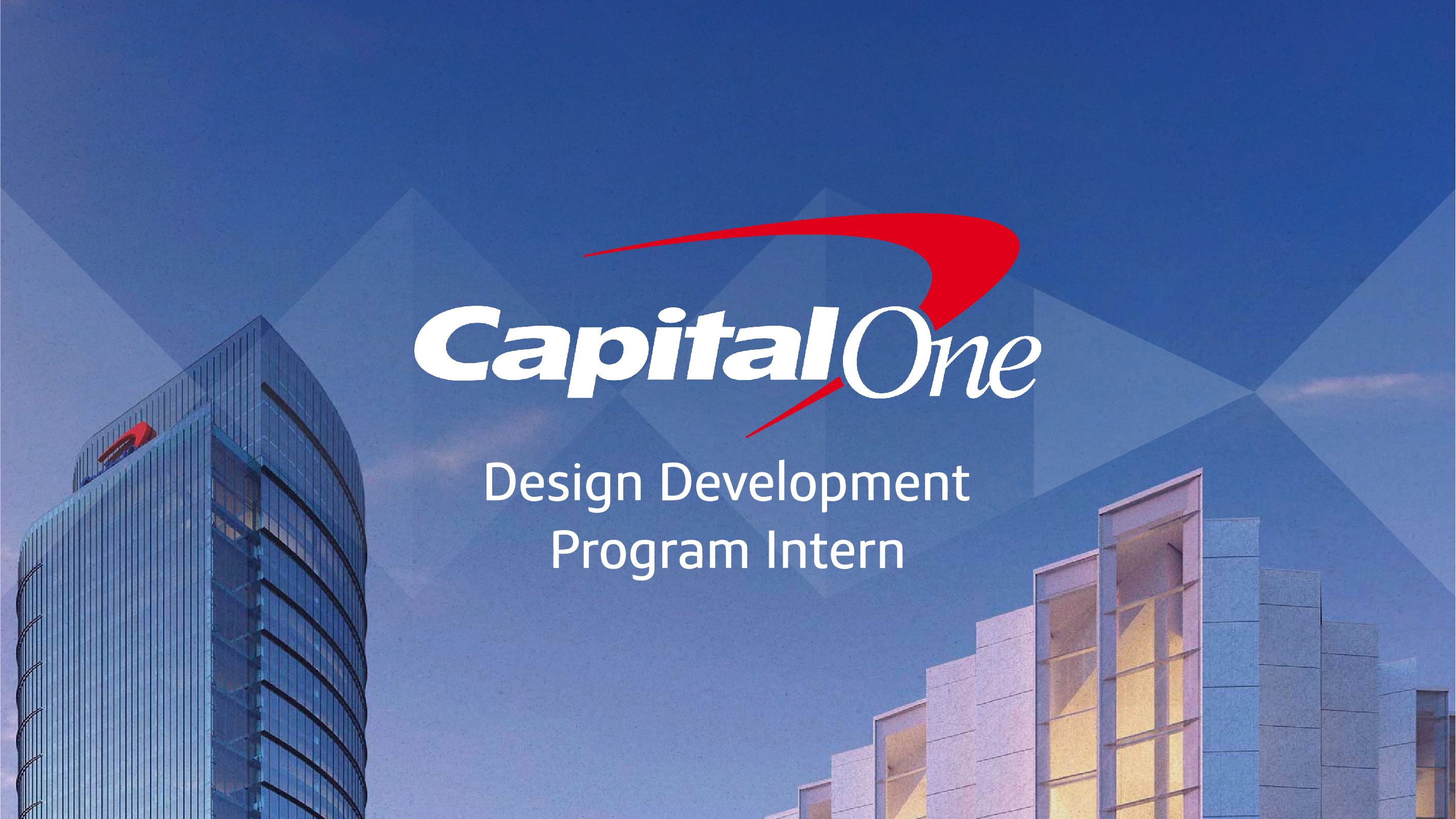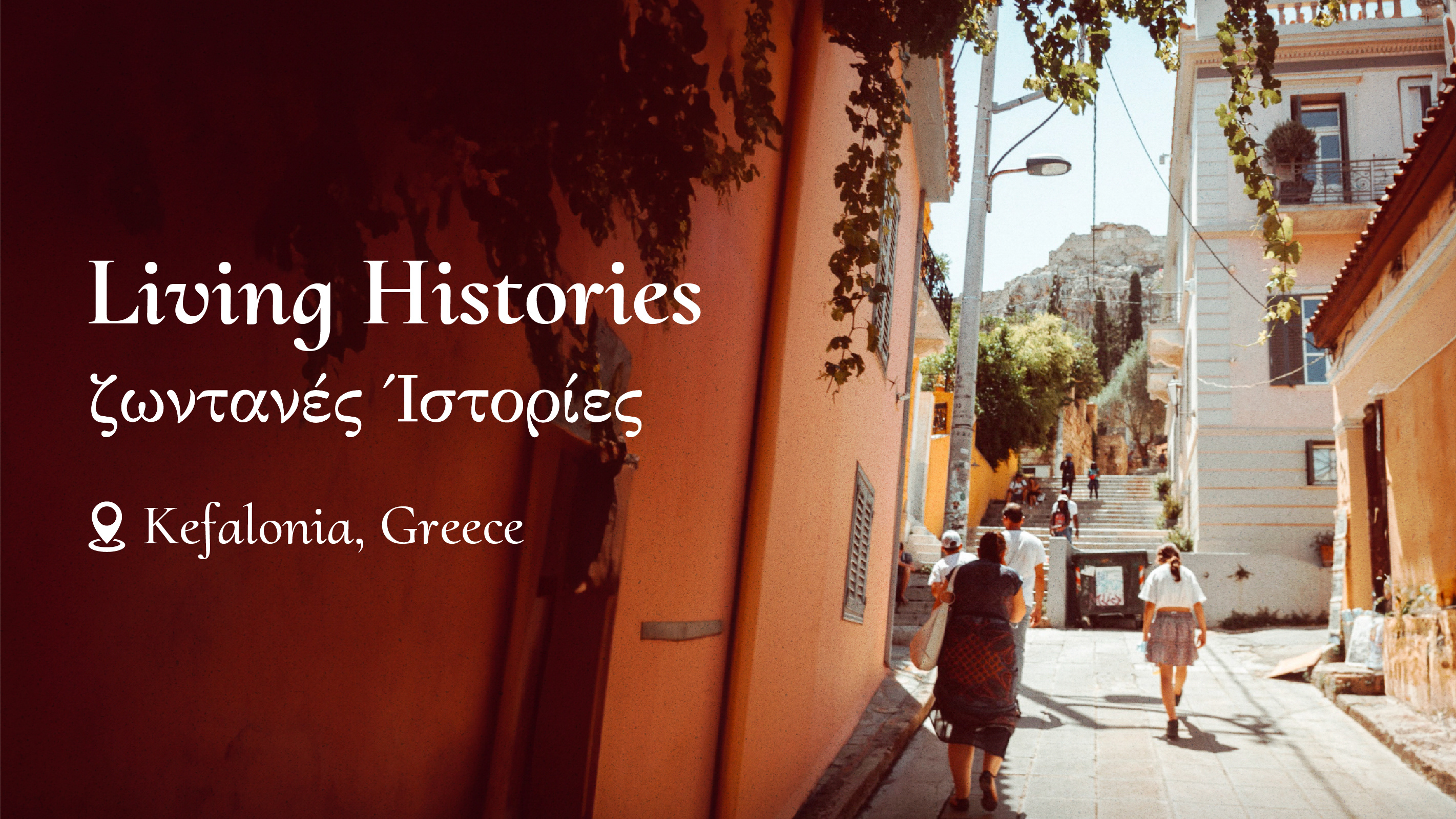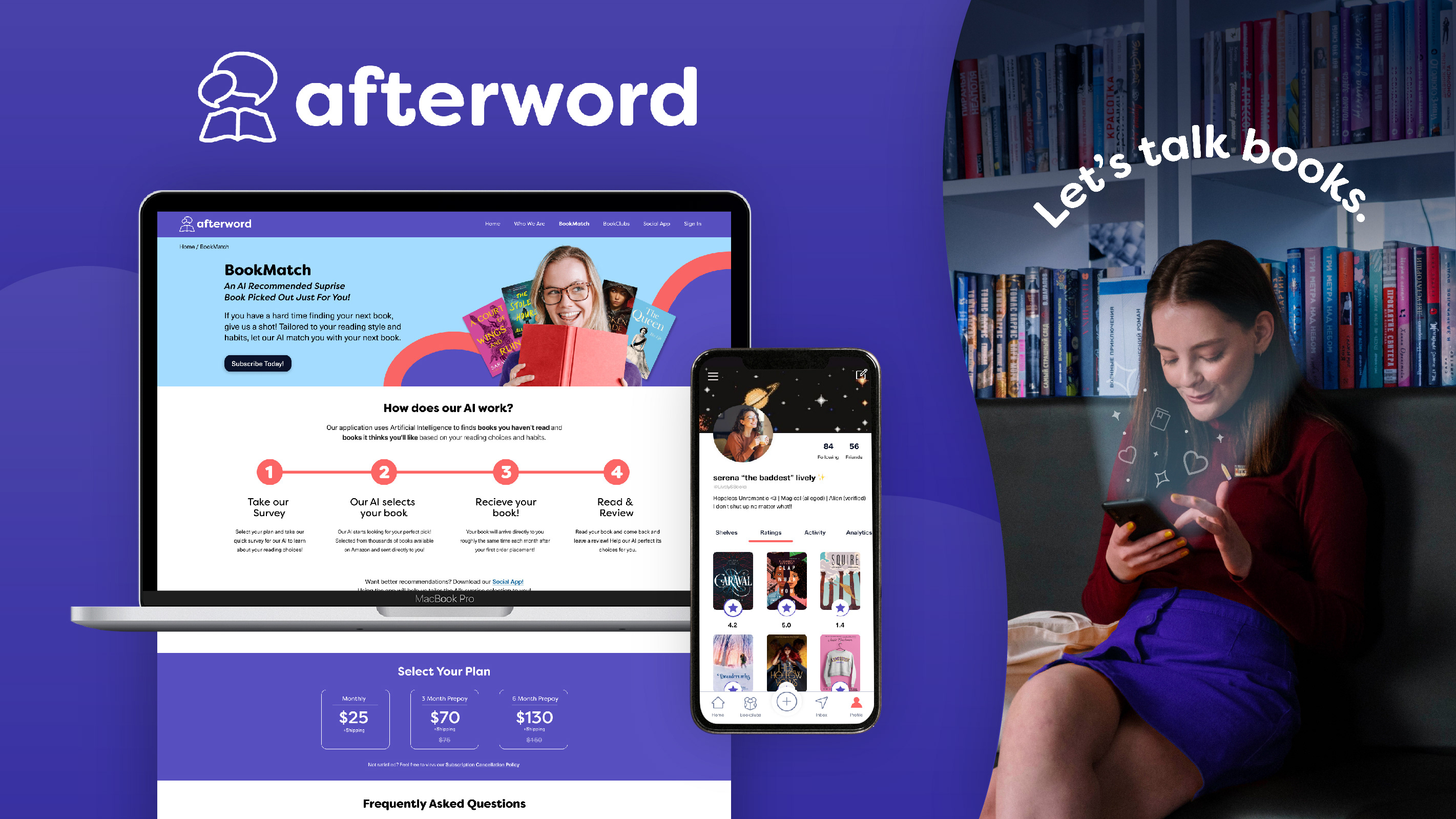Senior Design Studio
Accessible Design
This first project of my final design studio focuses on bringing the classic board game, Sorry!, into a world of touch and sound. Through thorough research, user testing, and revision, I have designed a new version of Sorry! to be inclusive of individuals who are blind/visually impaired (BVI), proving that apologies know no boundaries.
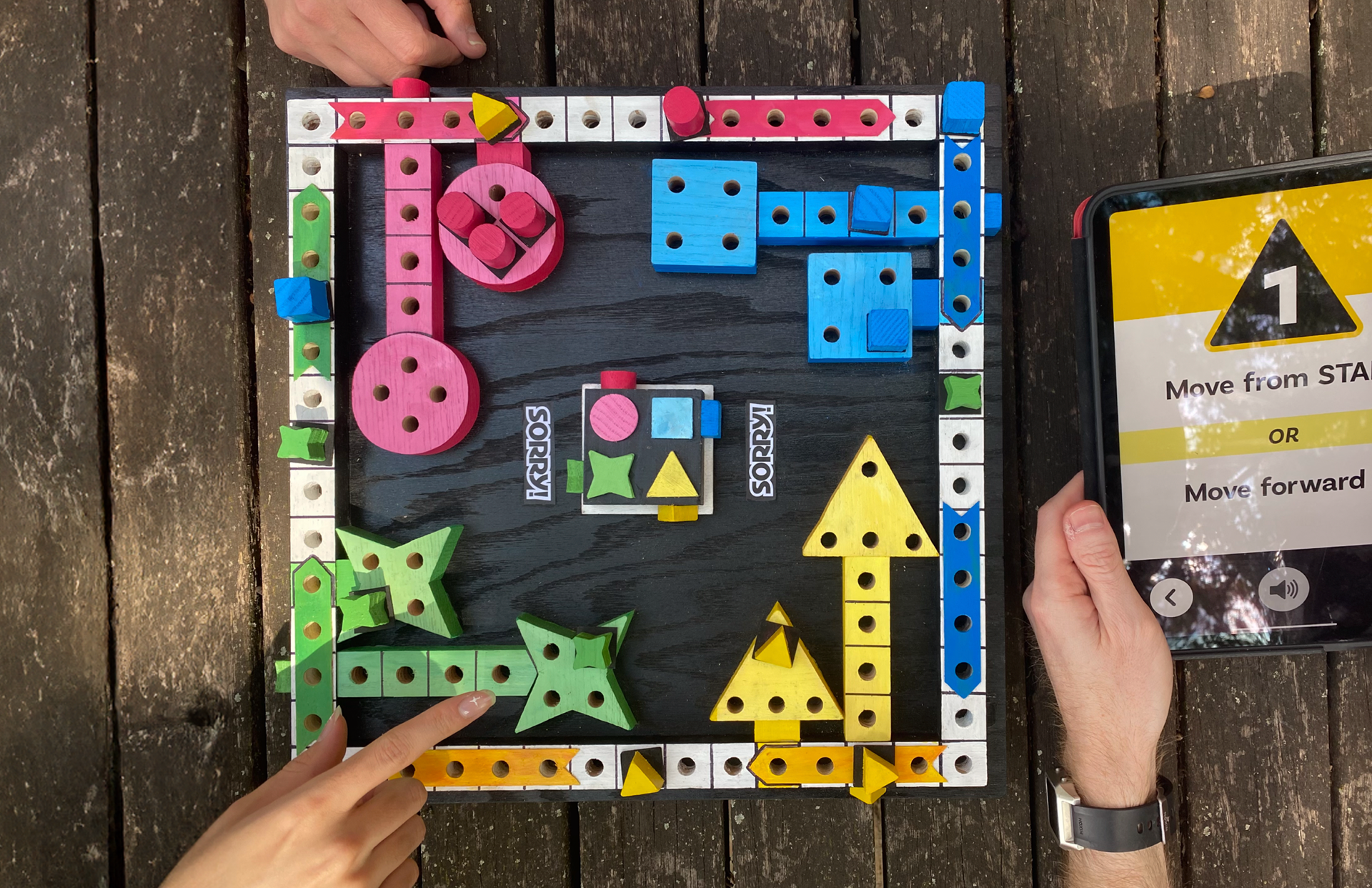

Designing from a new perspective
To better understand the vantage point of our assigned personas, we were each given a pair of limited-vision goggles that mimicked how our they saw the world. Although not 100% accurate, the goggles helped me gain an idea of what improvements could be made. They also helped me keep in mind my persona’s disability throughout the design process, even when the goggles were off.

Sight Goggles (severe myopia in right eye, absent vision in left)
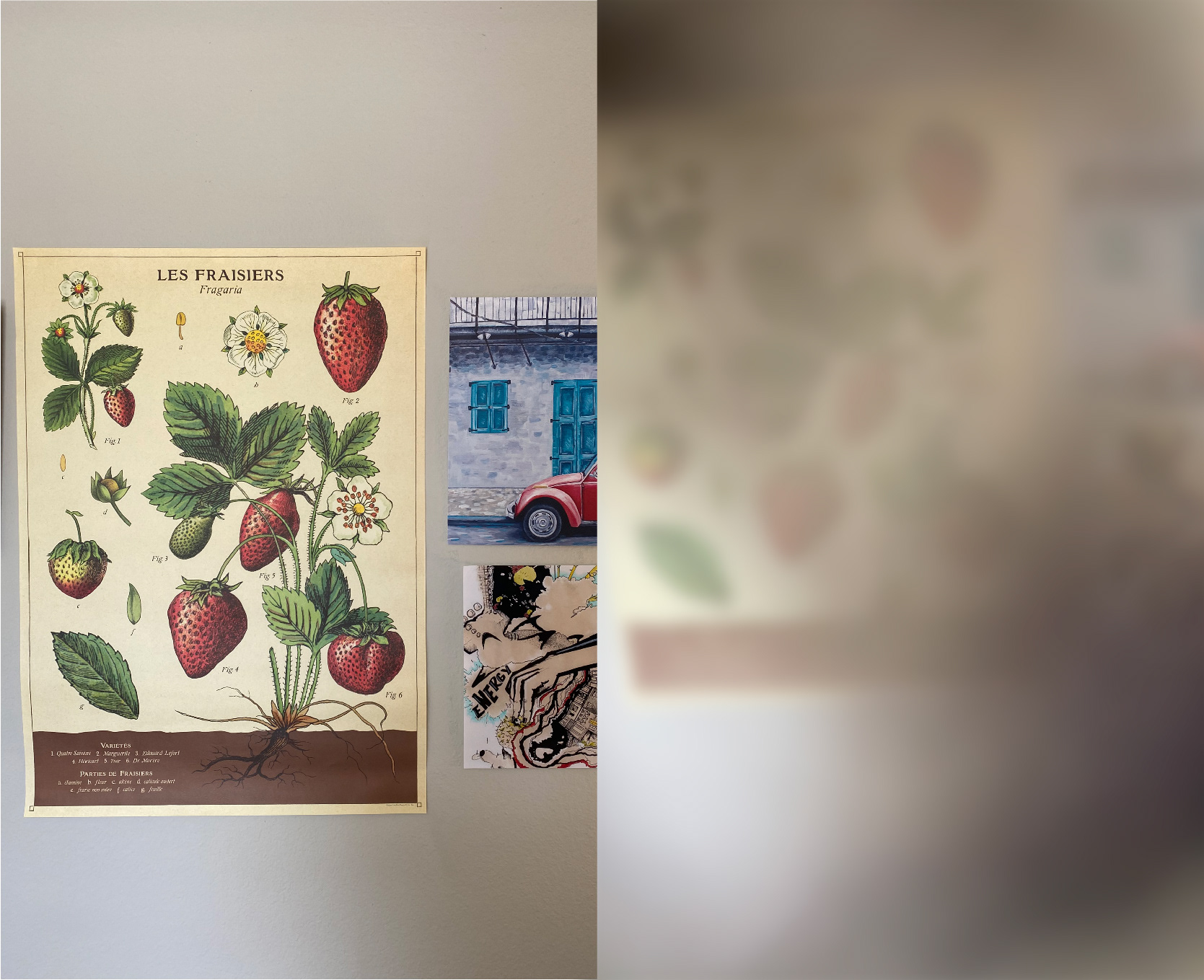
20:20 vision (left); vision through sight goggles (right)
Initial Audit
From an audit of the existing Sorry! board and card deck, I identified several pain points within the design that would negatively effect someone with limited vision.
Design Process
Re-imaging the Board and Cards
Enhancing auditory and tactile elements in gameplay goes a long way toward making the game more accessible. Prototyping the game in three dimensions, both digitally and physically, helped me to gain a better understanding of how I would go about building the pieces.

Prototype

Prototype cards
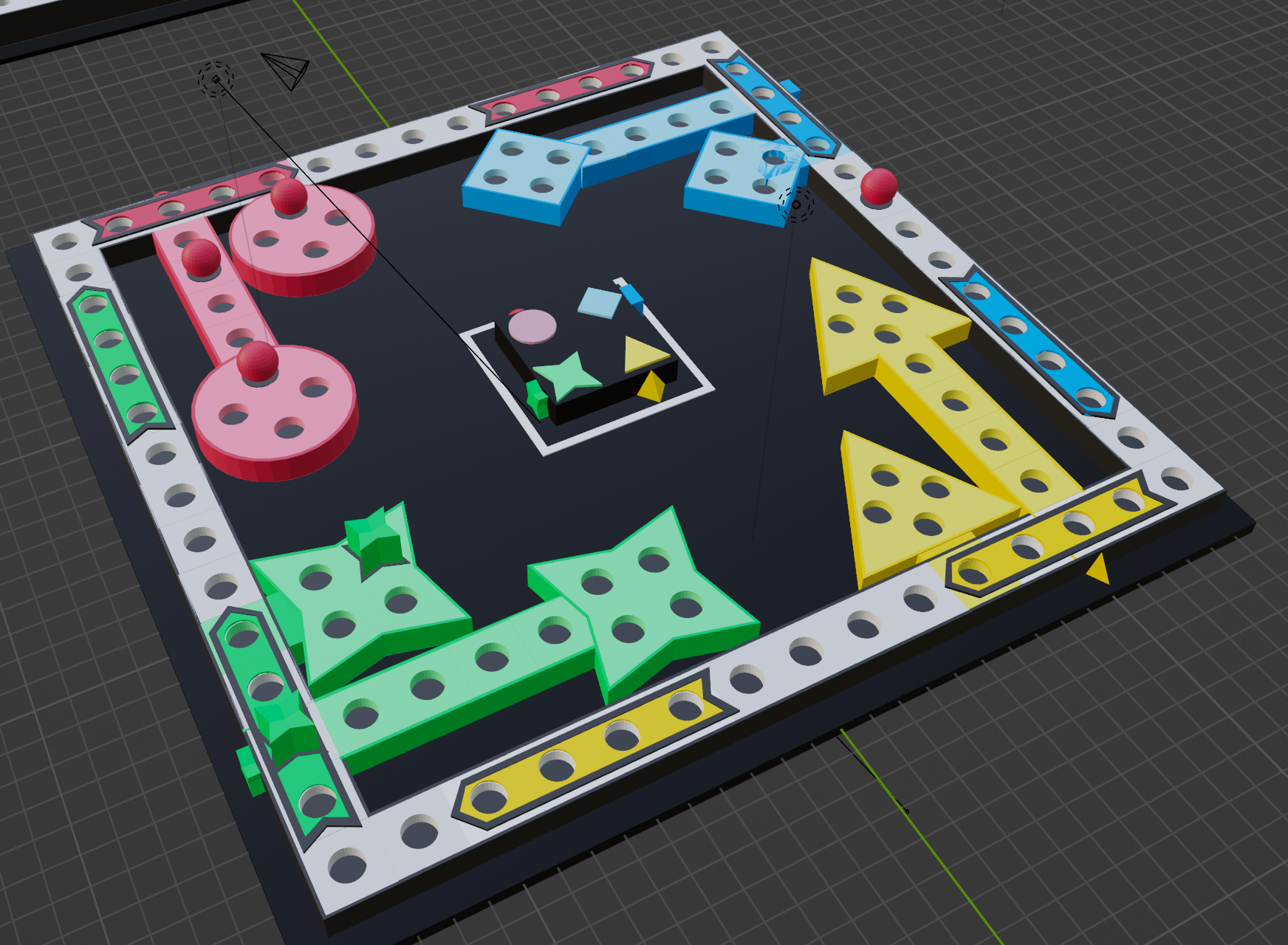
Digital Board model
Final Design
For the final design, I referenced the 3D model and created the board physically out of wood. Additionally, I replaced the card deck with a tablet app that allows users to easily zoom in on the text or play an audio description of their card action.
Final Board
Final Card Redesign - Digital Interface
Reflection
Designing for one helps design for all.
Sometimes, designing for “all” causes designers to appeal to the “average” person, but “average” is still very exclusive. The “average” person may be able to discern between hues and see small words and objects from a distance, but this does not apply to everyone who may want to access a product or service. Even just looking from one or a few diverse perspectives that face certain accessibility challenges helps to make designs more accessible to a broader audience than just the “average” user.
